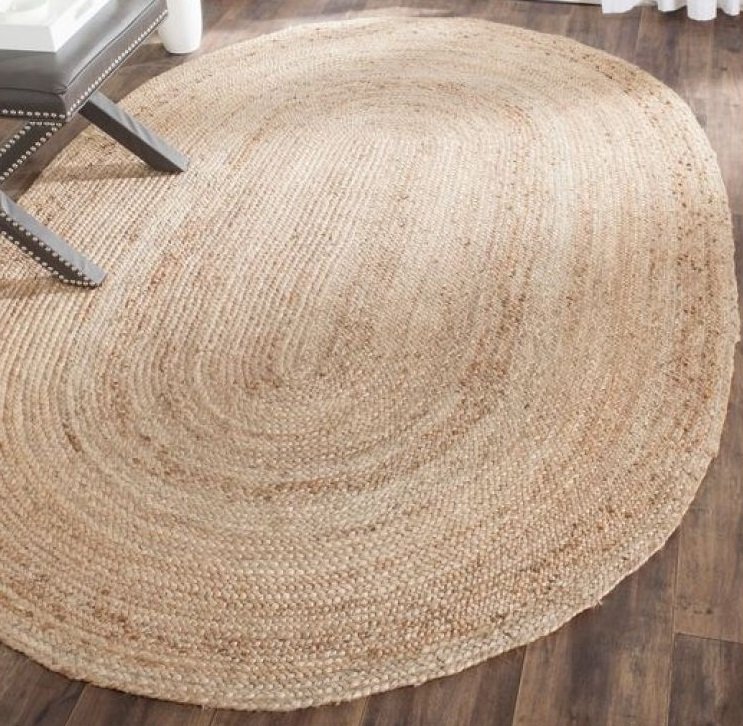
Textiles are materials or fabrics made from natural or synthetic fibres, thin threads or filaments, or a combination of the two. Textiles are made by weaving these yarns together in complex patterns to produce a length of fabric. Textile fibers are woven into yarn and then transformed into cloth or other items (home textile like bedsheet or towel) using several techniques such as spinning, knitting and felting. The final product is determined by a load of factors, including fiber type, the gauge of yarn, twist yarns per inch, weave float, and how the fiber is handled and finished.
Natural fabrics act as absorbent and breathable, which is essential in warm weather conditions. During cold, it's insulated naturally. Natural Fabrics have a great effect on the soil and the environment - that’s about its degradation. Fabrics like cotton and jute - the fabulous example of natural elements. These are easily degradable in soil. On the other hand, synthetic fabrics like polyester, rayon or nylon are not going to dissolve easily. They stay inside the soil and cause soil erosion/soil pollution for a long time. Particularly at this point, natural fabrics don’t contain any type of toxic material. No toxic chemical used in Natural fiber - neither while harvesting nor while processing. But, synthetic fibers are not grown in natural ways - they always contain a high amount of chemical or toxin. Such as, Nylon is made of petroleum and always has a long-lasting chemical finish that can be hazardous for environment.
Durability is one of the greatest advantages of natural-made fiber. Many plant-based fibers are extremely strong due to the structure of cellulose, which makes up natural materials sustainable - and the textile products made by this become long-lasting.
A whole wealth of materials is created from natural beginnings. Silk, cashmere and mohair are animal-derived fabrics. Many fashion designers choose to use natural fabrics to produce ethical clothing.
When grown responsibly, natural fibres like cotton can have transformative effects on the societies in which they are grown. Natural fibres can transform millions of people's lives. In developing countries, cotton is a common natural crop. By lowering the value of our natural resources, we also damaged farmers' livelihoods. It's a sad situation. Assist one or two farmers. The growth of natural fiber usage can aid in the education of children of farmers all over the world while also avoiding pollution of the environment and locals.
On the other side, we are guided by demands. Synthetic fabrics are already in high demand, and it's easy to see why based on what we've seen so far. This demand must include natural fabrics. Without it, we won't be able to invest in more natural fabric options. Additionally, these textiles have plenty of other advantages that support both the consumer and the environment as mentioned earlier.
To conclude, we can say that natural fibre is one of our favorite fibers to use in the textile segment, as it is stronger but works with our lifestyle, it is less expensive and natural, it looks splendid, and is extremely durable also.
Choose Natural! Go Natural! Save Nature!